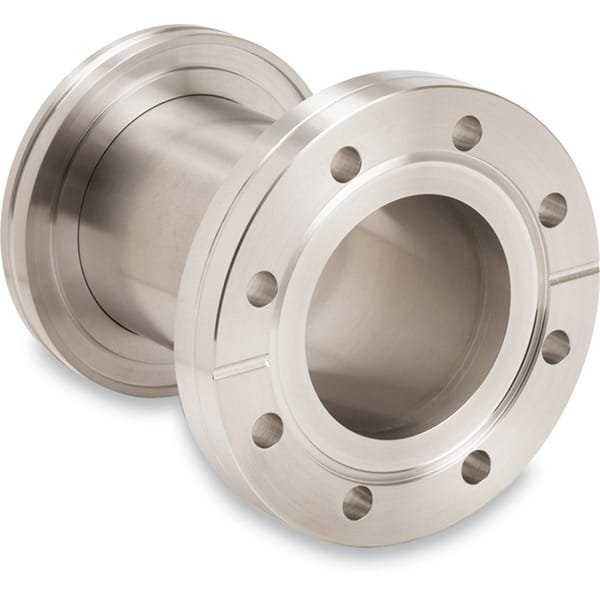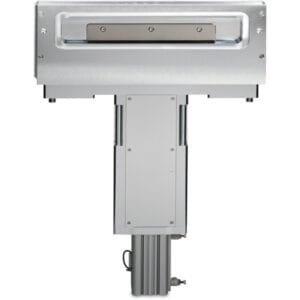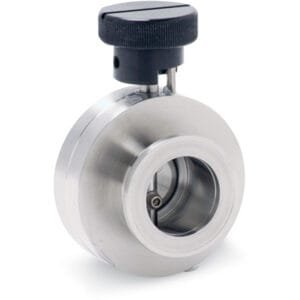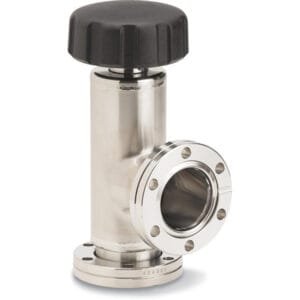CF to ISO-K Adapter Flanges: Precision Interfaces Between UHV and ISO Standard Flanges
CF to ISO-K Adapter Flanges by TFM are designed to provide a seamless connection between ConFlat® (CF) and ISO-K flange systems, allowing vacuum engineers to integrate components from different international standards into a unified assembly. These adapters are manufactured from high-purity 304 stainless steel, ensuring durability, corrosion resistance, and compatibility with both high vacuum (HV) and ultra-high vacuum (UHV) environments.
Each adapter flange features one knife-edge CF flange, ideal for copper gasket sealing in UHV systems, and one ISO-K flange, suitable for o-ring sealing with ISO clamps. This combination supports flexible flange interfacing without the need for permanent modifications or welding.
Key Features of CF to ISO-K Adapter Flanges:
Cross-Standard Flange Integration
Connects CF flanges (e.g., CF40, CF63) to ISO-K flanges (e.g., ISO63, ISO100), supporting a wide range of vacuum system requirements.304 Stainless Steel Construction
All CF to ISO-K Adapter Flanges are machined from 304 stainless steel tubing and flanges, providing mechanical strength and chemical resistance in cleanroom and baked-out systems.UHV to HV Transition Support
The CF side supports vacuum levels down to 10⁻⁹ to 10⁻¹⁰ torr, while the ISO-K side provides compatibility with standard HV elastomer sealing systems.Tool-Free ISO-K Connections
The ISO-K flange can be quickly fastened with claw-type or double clamps, making installation and reconfiguration simple and efficient.Standard and Custom Configurations
TFM offers multiple common size pairings, as well as custom CF to ISO-K Adapter Flanges upon request to match unique project specifications.
Applications:
Integrating UHV-rated CF components with ISO-K vacuum chambers
Retrofitting older ISO-based setups with modern CF hardware
Connecting CF-sealed instruments to ISO-K foreline or pump interfaces
Supporting research platforms using hybrid European and American flange standards
Enabling flexible reconfiguration in analytical, coating, and beamline systems
TFM also provides a complete line of CF flanges, ISO-K hardware, custom adapters, and all required clamps and gaskets to ensure leak-tight and structurally sound connections across flange systems. The CF to ISO-K Adapter Flanges simplify system integration without compromising vacuum performance.





Reviews
There are no reviews yet.